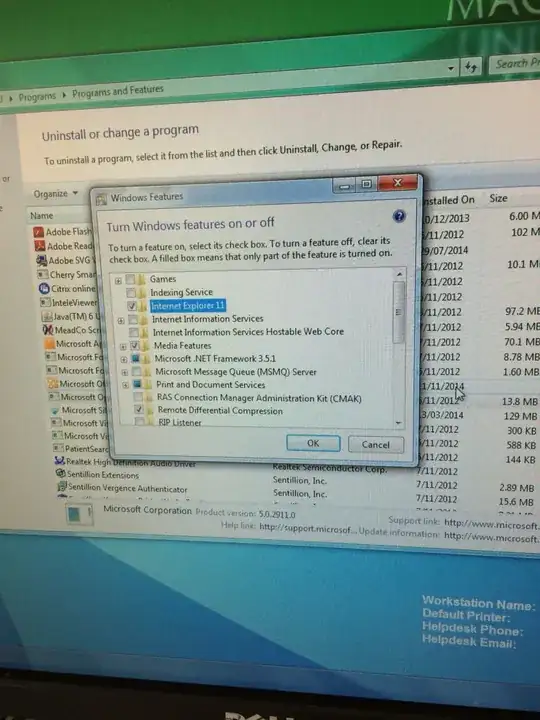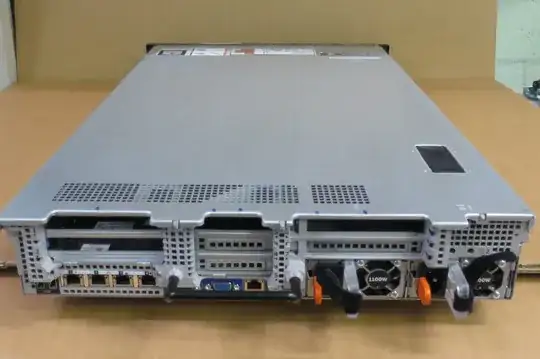Edit: Because of the high number of downvotes on this question, I would appreciate if you could comment on why you think the question deserves so. I believe the question is clearly asking for the purpose of those vents. Suggestions and edits on how to make that clearer are much appreciated.
The servers are already stacked, and everything has been done as per the manufacturers instructions. I'm not asking if I'm doing it right, I'm asking why is that. Maybe the question belongs to another site on stack-exchange (I originally thought about the engineering site, since this is a engineering question, but assumed I would find the most expertise on this specific topic here).
We have a series of Dell rack servers and a few of them have vent holes on their top lid. This seems a bit odd since I would expect them to be designed for the purpose of being stacked. But if the units are meant to be stacked, the vent holes become useless.
I have found a similar question, Rack Mounting a Server with hot air vents on the top?, but the answers were focused on "do not worry about it". Well... then why are those hole vents there in the first place? Maybe something during production of the lids? Or to ease automatic assembly?
One of the comments in that question suggested reading the manufacturer's instruction. I found nothing on them.
Here's some pictures of the servers (well, pictures of the same model which I found on the internet):



